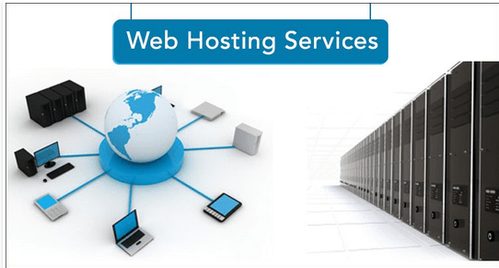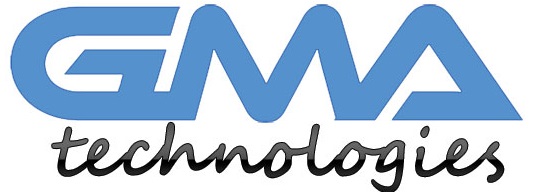So you’re thinking about starting a website for your business? That’s a great idea! A website can be a valuable marketing tool for your business, and it’s a lot easier to create than you might think. Here are some tips on how to get started:
Plan a website for your business
Before you start designing or developing your website, you should have a good idea of what sort of information you want it to include. What web pages will your visitors need? How much detail do they need? Will the web pages be primarily aimed at potential customers, existing customers or other businesses in your industry?
Design and develop a website for your business
Once you’ve got an idea of what you want your web pages to include, it’s time to decide what sort of website you want. A good place to start is free web design software like Wix
Promote your website
Now that you’ve got the web pages ready, you need to promote them! You can use social media websites
- Website Development
- Web Design Tools
- Stock Photos for Websites
- Website Promotion
- Social Media Websites
- Content Management Systems (CMSs)
A web page is an electronic document, which may also contain images, video or other interactive elements. A web page is not a file; rather it is stored on a web server, published at web address (URL) and can be accessed via a web browser. One page usually displays one web resource such as an image or a video file, web page, web form etc. Web pages normally include hyperlinks to other web pages and web resources.
Web development is the process of building a website for the Internet (World Wide Web) or an intranet. It usually involves web design, web content development, client-side/server-side scripting, web server and network security configuration, and e-commerce development.
Web design is the process of creating graphical user interfaces (GUIs) for websites. It usually involves using graphics software to create web page layouts and web graphics, and authoring web page content with a standard web coding language such as HTML. Web design frequently involves web development
A Content management system (CMS)
A Content management system (CMS) is a web-based computer software application for web site creation and web content management. Content typically includes text, images, audio files, videos or any other type of digital media. A CMS allows webmasters to manage and update web content without having to learn HTML, CSS or web development programming languages.
There are many different types of web design software available, both free and paid. When choosing a web design software, it’s important to consider the features that are important to you. For example, some web design software allow you to create custom web pages, while others are more limited. Some software is designed for beginners, while others are more advanced.
There are also many different web development programming languages available, such as HTML, CSS and PHP. It’s important to choose a web development language that you feel comfortable using, and that web development software supports.
Many web design software applications use web templates. Web templates are either included with web design software or can be downloaded from third-party websites. Web templates allow you to quickly create web pages using the same web page layout or style as other web pages on your site. Templates may also include images and other web resources.
Selecting a Web Hosting company

Web hosting is the webs pace provided to web site owners for web files to be stored and accessed via web servers. There are many web hosting providers available, including dedicated web hosting providers
Selecting a Domain Name
Domain names are unique web addresses that help direct web browsers to your website via a web server over the Internet. When you purchase a domain name, you are purchasing the exclusive rights to use that web address for your website.
There are many different domain name extensions available, such as .com, .net, and .org. It’s important to choose a domain name that is both memorable and relevant to your business.
Once you’ve registered a domain name, you will need to find a web hosting provider and set up web hosting for your website. Most web hosting providers offer a variety of web hosting packages, which include different amounts of web storage space and monthly data transfer limits.
Once you’ve registered a domain name and set up web hosting, you will need to create web pages for your website. Web pages can be created using web design software, web authoring tools and web development programming languages.
FTP (File Transfer Protocol)
Once you’ve created web pages for your website, you will need to upload those web pages to your web hosting provider via FTP (File Transfer Protocol). If you do not know how to use FTP, your web hosting provider should include an FTP tutorial with your web hosting package.
It’s also important to choose web design software and web development programming languages that you feel comfortable using, and that web hosting providers support. Some web hosting providers allow you to create a web site without web design skills or web development knowledge, through the use of an online website builder tool.
Conclusion
If you need help starting a website for your business, we can handle that. We have over 10 years of experience with designing and developing websites to suit many different industries and businesses. Contact us today if you want more information on our services or would like to get started right away!

